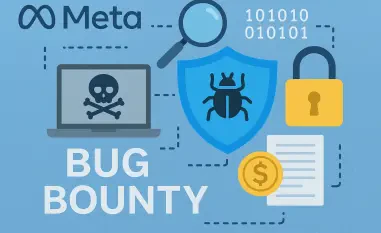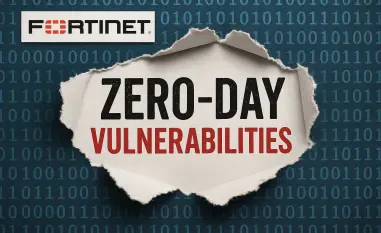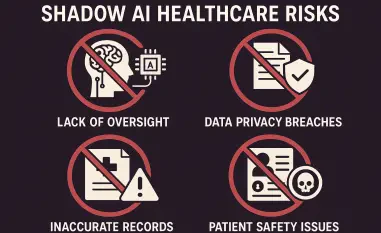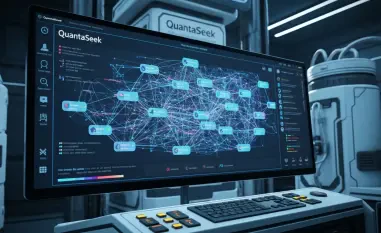The Current State of the Cybersecurity Industry
In an era where digital transformation shapes every facet of global interaction, the cybersecurity industry stands as a critical bulwark against an escalating tide of cyber threats, with breaches costing businesses billions annually and exposing sensitive data at an alarming rate. This sector has become indispensable as organizations across telecom, government, and corporate landscapes grapple with protecting vast digital infrastructures. The industry encompasses diverse segments, from endpoint security to network protection, with major players like Palo Alto Networks and Cisco leading innovation alongside emerging firms pushing niche solutions.
Technological advancements, particularly in artificial intelligence and cloud computing, have redefined cybersecurity needs by enabling both sophisticated attacks and cutting-edge defenses. AI, for instance, offers predictive analytics to anticipate threats, while cloud adoption demands scalable security for distributed systems. The global market reflects this urgency, with estimates projecting growth to over $500 billion by 2030, driven by rising digitization and regulatory pressures.
Compliance with frameworks such as GDPR and HIPAA, alongside federal mandates for government clients, shapes strategic priorities for companies in this space. These regulations ensure data protection but also impose stringent requirements that influence product design and deployment. As cyber risks evolve, the industry must balance innovation with adherence to these standards, setting the stage for transformative partnerships and solutions.
Market Trends and Growth Opportunities in Cybersecurity
Emerging Trends and Technological Drivers
Digital transformation has accelerated cyber threats, with cloud adoption creating new vulnerabilities that demand advanced security measures. This shift has positioned cybersecurity as a priority across sectors, particularly in telecom, where massive data flows and sensitive customer information are at constant risk. The integration of AI into cybersecurity solutions marks a pivotal trend, enabling predictive threat detection and adaptive responses to neutralize risks before they escalate.
The telecom sector, handling critical infrastructure and consumer data, faces unique challenges that necessitate robust, tailored defenses. Meanwhile, consumer and enterprise demands are evolving toward integrated security solutions bundled as value-added services, pushing providers to innovate. White-label cybersecurity offerings present a significant opportunity for telecom operators to deliver branded protection, enhancing customer loyalty while generating new revenue streams.
Market Data and Future Projections
Current market performance indicators highlight cybersecurity as one of the fastest-growing industries, fueled by relentless cyber threats and digital dependency. iQSTEL, a key player in this analysis, projects revenues of $340 million for the fiscal year ending 2025, with an ambitious target of $1 billion by 2027 through organic growth and strategic expansions. Industry forecasts reinforce this momentum, pointing to a $500 billion market potential by 2030 as digitization deepens across global economies.
Partnerships like the one between iQSTEL and Cycurion are well-positioned to capitalize on these trends by combining telecom reach with specialized AI-driven security expertise. Their collaborative focus on high-margin solutions aligns with market demands for scalable, innovative defenses. This synergy could redefine competitive dynamics, especially in sectors with heightened security needs.
Challenges in the Cybersecurity Landscape
The cybersecurity domain faces formidable hurdles as cyber threats evolve at a breakneck pace, often outstripping existing defenses with sophisticated tactics like ransomware and zero-day exploits. Protecting diverse systems—ranging from legacy infrastructure to modern cloud environments—adds layers of complexity, requiring constant adaptation. This rapid evolution challenges even the most advanced organizations to stay ahead of malicious actors.
Technological barriers also loom large, particularly in integrating AI solutions across varied and sometimes incompatible systems, which can hinder seamless deployment. Market pressures compound these issues, with intense competition driving the need for cost-effective, scalable offerings that don’t compromise on efficacy. Balancing innovation with affordability remains a persistent struggle for many in this space.
Regulatory and compliance obstacles further complicate the landscape, as stringent rules can slow innovation or increase operational costs. Strategic partnerships, alongside continuous research and development, offer viable paths to overcome these barriers. Collaborative efforts can pool expertise and resources, while sustained investment in new technologies ensures adaptability to both threats and regulatory shifts.
Regulatory Environment and Compliance in Cybersecurity
Navigating the regulatory environment is a cornerstone of cybersecurity strategy, particularly for firms serving telecom and government clients under strict legal frameworks. Laws like GDPR in Europe and HIPAA in the United States impose rigorous data protection standards, while federal security mandates govern contracts with entities such as the U.S. Department of Defense. These rules shape how companies design and market their solutions to ensure compliance.
Regulatory changes often drive product development, compelling firms like iQSTEL and Cycurion to adapt offerings to meet evolving standards while maintaining competitive edges. Security certifications and regular audits play a vital role in building trust with high-profile clients, demonstrating adherence to mandated protocols. Such measures are not just compliance checkboxes but also market differentiators in a trust-sensitive industry.
The impact of these regulations extends to innovation, as they create a dual mandate to protect data while pushing technological boundaries. Balancing these priorities requires agility and foresight, ensuring that new solutions anticipate future legal shifts. This dynamic environment fosters a culture of continuous improvement among leading cybersecurity providers.
The Future of Cybersecurity with AI Innovations
Looking ahead, AI-driven solutions stand poised to revolutionize cybersecurity by offering unprecedented capabilities in threat anticipation and response automation. These innovations promise to shift defenses from reactive to proactive, addressing vulnerabilities before exploitation occurs. As cyber threats grow in sophistication, AI’s role as a game-changer becomes increasingly evident across industries.
Emerging technologies like quantum computing introduce both opportunities and potential disruptions, with the power to either enhance encryption or render current methods obsolete. Meanwhile, consumer and enterprise preferences are trending toward seamless security integration within telecom services, valuing convenience alongside protection. This shift underscores the demand for platforms that blend invisibly into existing systems.
Growth areas such as AI-powered cybersecurity platforms and white-label solutions like “Cyber Shield” signal lucrative prospects for market leaders. External factors, including global economic conditions and regulatory landscapes, will continue to shape this trajectory, alongside rapid technological advancements. The convergence of these elements suggests a future where adaptability and innovation define success in cybersecurity.
Conclusion and Strategic Outlook
Reflecting on the insights gathered, the partnership between iQSTEL and Cycurion emerges as a transformative force in redefining cybersecurity through AI, harnessing telecom expertise and specialized security solutions to address critical industry gaps. Their focus on telecom infrastructure protection and innovative platforms like “Cyber Shield” positions them as pioneers in a market hungry for integrated defenses. The financial commitment, including a $500,000 shareholder dividend by December 31, 2025, further underscores their dedication to value creation.
Looking back, their strategic alliance offers a blueprint for tackling a projected $500 billion market opportunity by 2030, demonstrating how collaboration can amplify impact in a competitive field. For stakeholders, the path forward involves prioritizing investments in AI-driven cybersecurity tools and fostering similar partnerships to pool resources and expertise. Embracing scalable, adaptive technologies becomes essential to stay ahead of evolving threats, while advocacy for balanced regulatory frameworks encourages innovation without compromising protection. This journey highlights that leadership in a dynamic industry demands not just vision but relentless execution to shape a safer digital future.













